Scientists detect Einstein's gravity waves
Fri 12 Feb 2016, 11:32:30
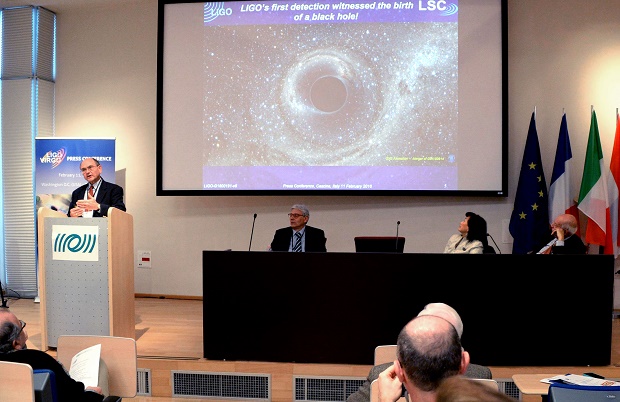
An international team of scientists with several Indian members have detected the elusive gravity waves for the first time, 100 years after their existence was predicted by Albert Einstein in his general theory of relativity.
The discovery opens an unprecedented new window onto the cosmos for better understanding of the universe and the laws of nature.
Physicists have concluded that the detected gravitational waves were produced during the final moments of the merger of two black holes to produce a single more massive spinning black hole. This collision of two black holes had been predicted but never observed.
The elusive gravitational waves were finally captured on September 14, 2015, by the twin Laser Interferometer Gravitational-wave Observatory (LIGO) detectors, located in Livingston Louisiana, and Hanford, Washington.
Based on the observed signals, LIGO scientists estimate the black holes for this event were about 29 and 36 times the mass of the sun, and the event took place 1.3 billion years ago. Scientists agree it is the biggest moment in physics since the discovery of Higgs Boson –
the God Particle – three years ago. The discovery was announced through a series of simultaneous press conferences in Washington, London, Paris, Moscow and Pune.
the God Particle – three years ago. The discovery was announced through a series of simultaneous press conferences in Washington, London, Paris, Moscow and Pune.
“Our observation of gravitational waves accomplishes an ambitious goal set out over five decades ago to directly detect this elusive phenomenon and better understand the universe, and, fittingly, fulfills Einstein’s legacy on the 100th anniversary of his general theory of relativity,” says Caltech’s David H Reitze, executive director of the LIGO Laboratory.
The LIGO collaboration includes more than 1,000 scientists from universities around the world, including researchers from the INDIGO consortium – a group of researchers from several institutions, including Inter University Centre for Astronomy and Astrophysics, Pune, Tata Institute of Fundamental Research, Mumbai, and Indian Institute of Astrophysics, Bangalore.
Gravity wave detection relies on LIGO detector and a similar instrument named VIRGO near Pisa, Italy. Way back in 2012, the National Science Foundation agreed to setting up a third gravity wave detector in India.
No Comments For This Post, Be first to write a Comment.
Most viewed from Specials
Most viewed from World
AIMIM News
Latest Urdu News
Most Viewed
May 26, 2020
Where should be the burial of the pilgrims martyred in the Saudi Arabia bus accident?
Latest Videos View All
Like Us
Home
About Us
Advertise With Us
All Polls
Epaper Archives
Privacy Policy
Contact Us
Download Etemaad App
© 2025 Etemaad Daily News, All Rights Reserved.

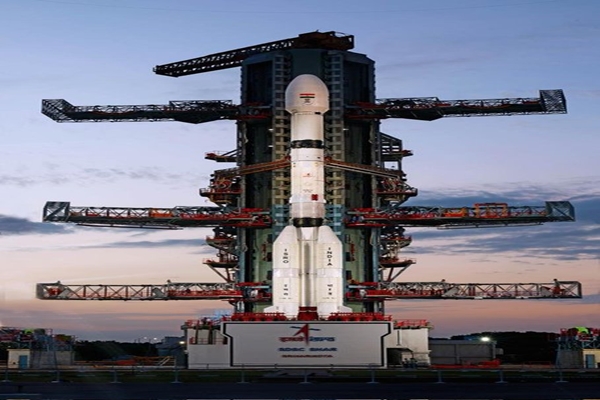
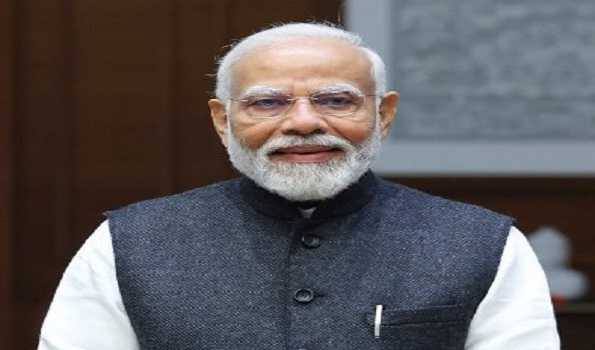
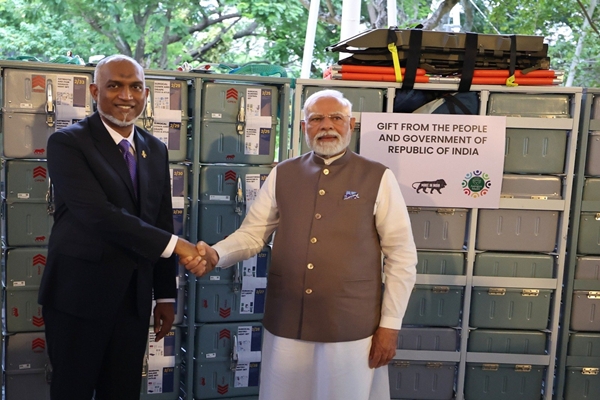
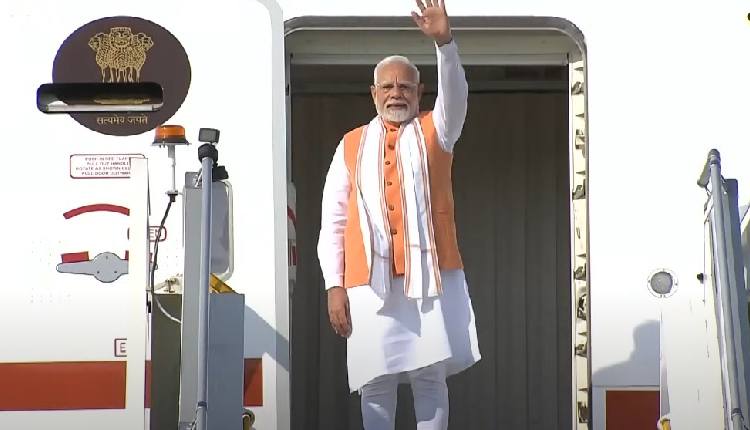
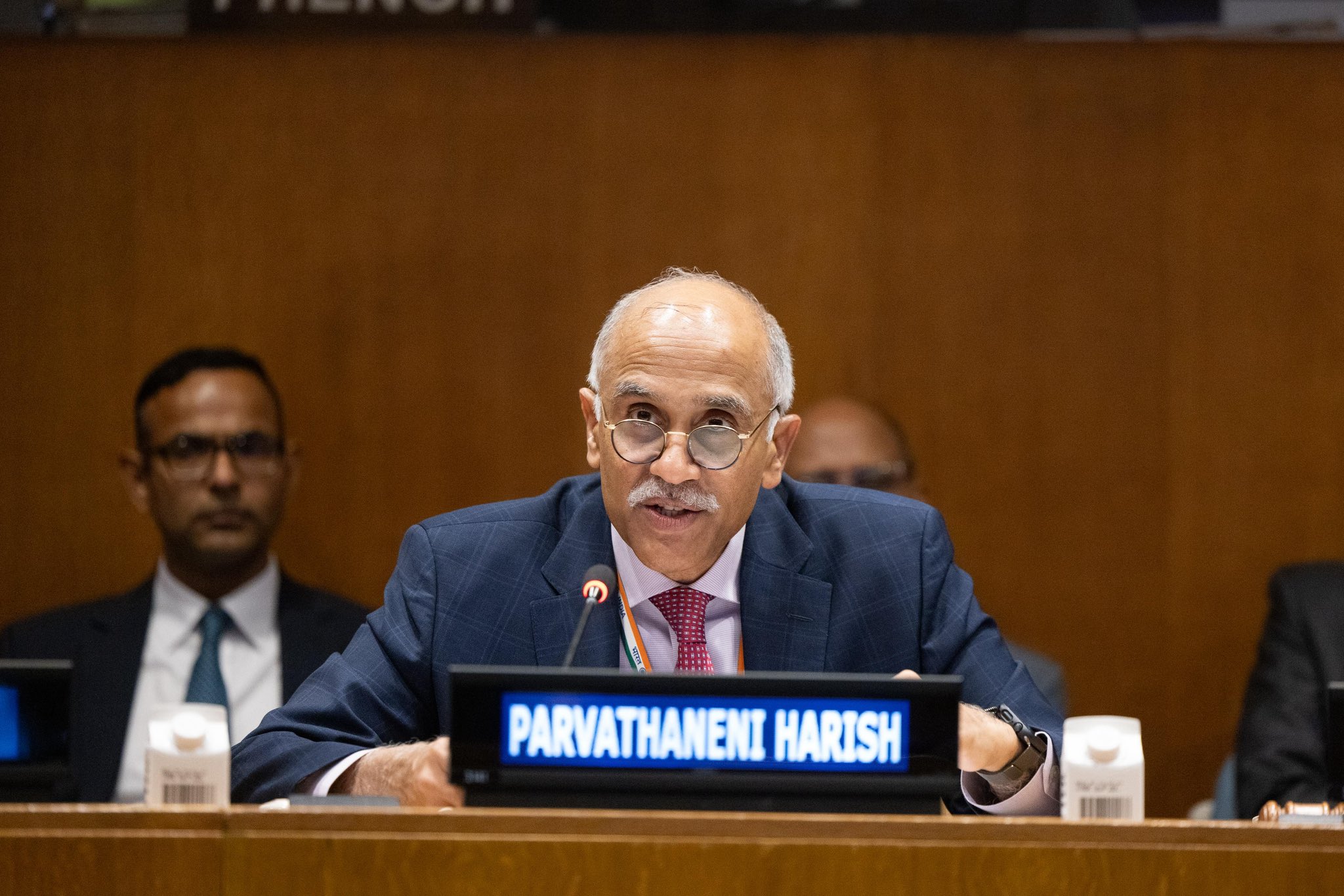
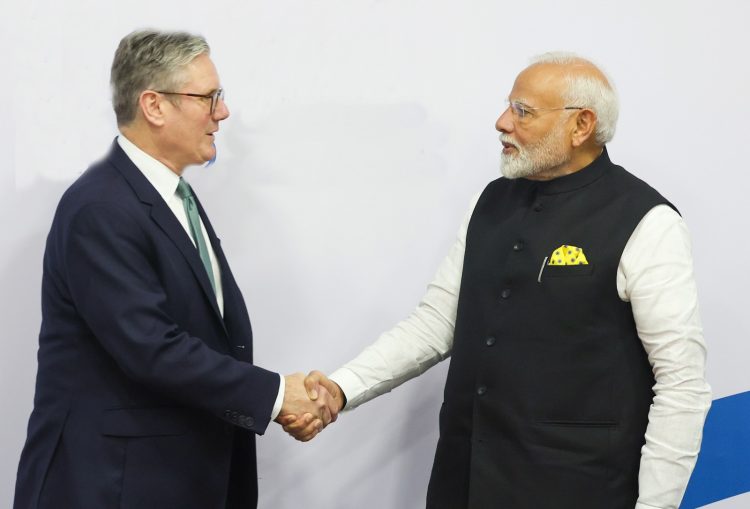
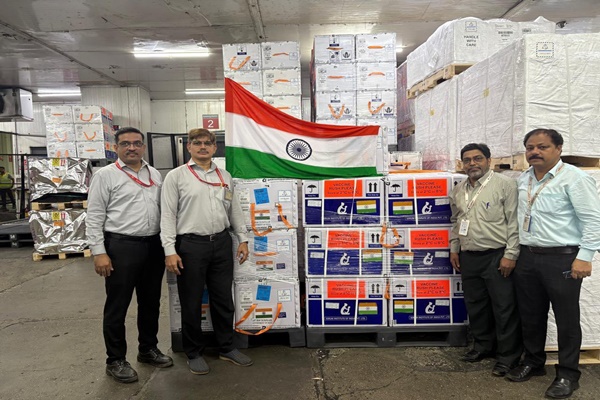
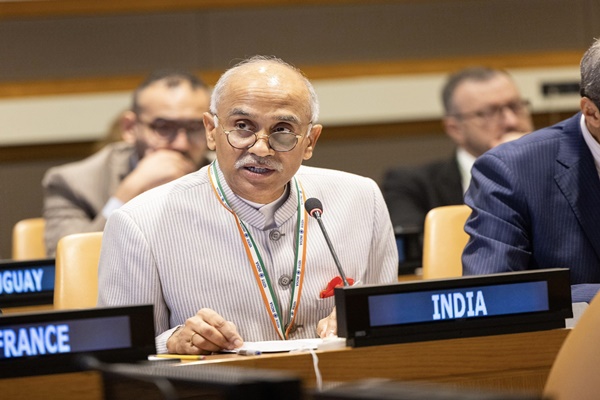
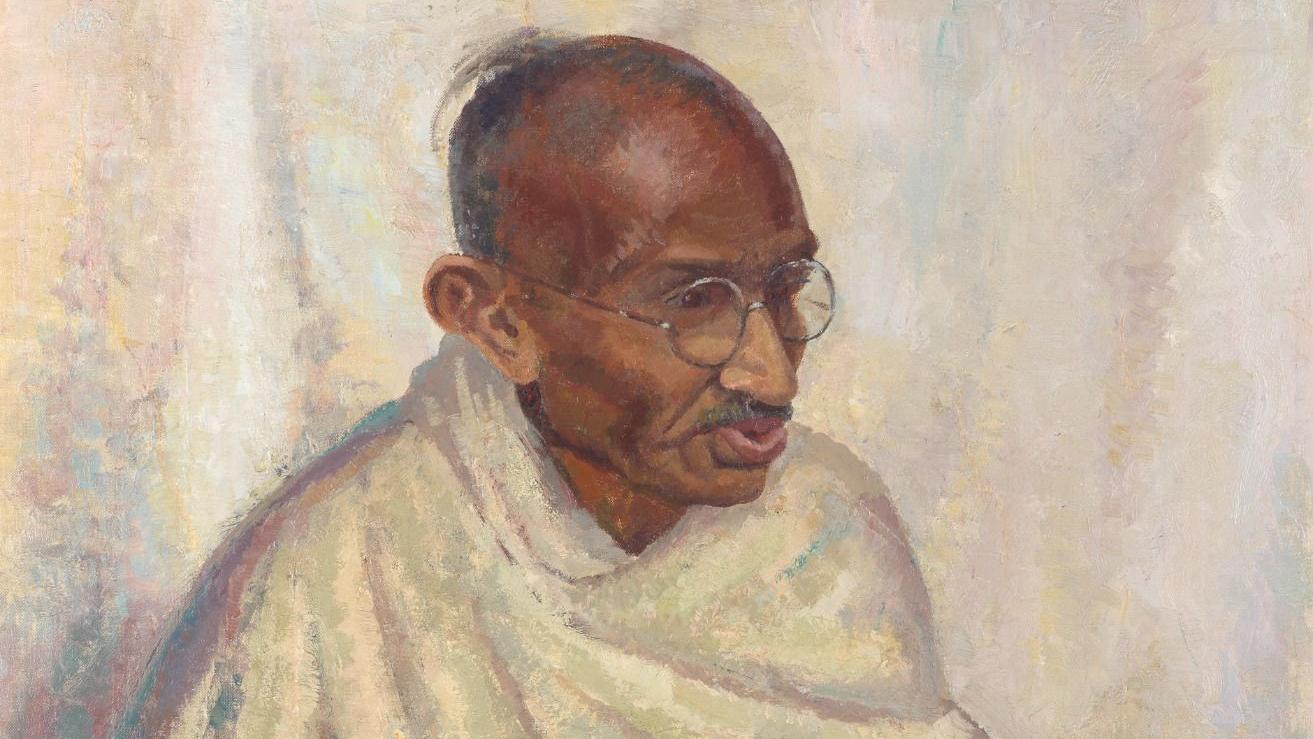
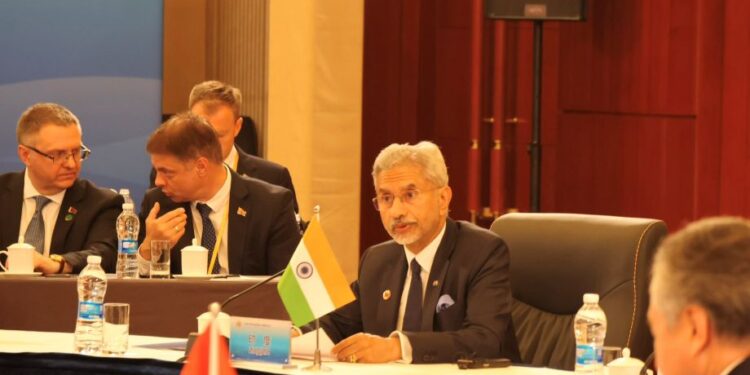
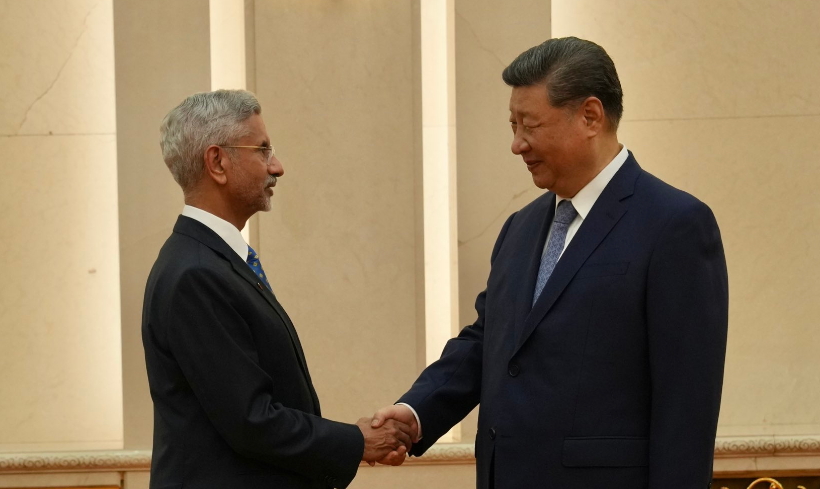
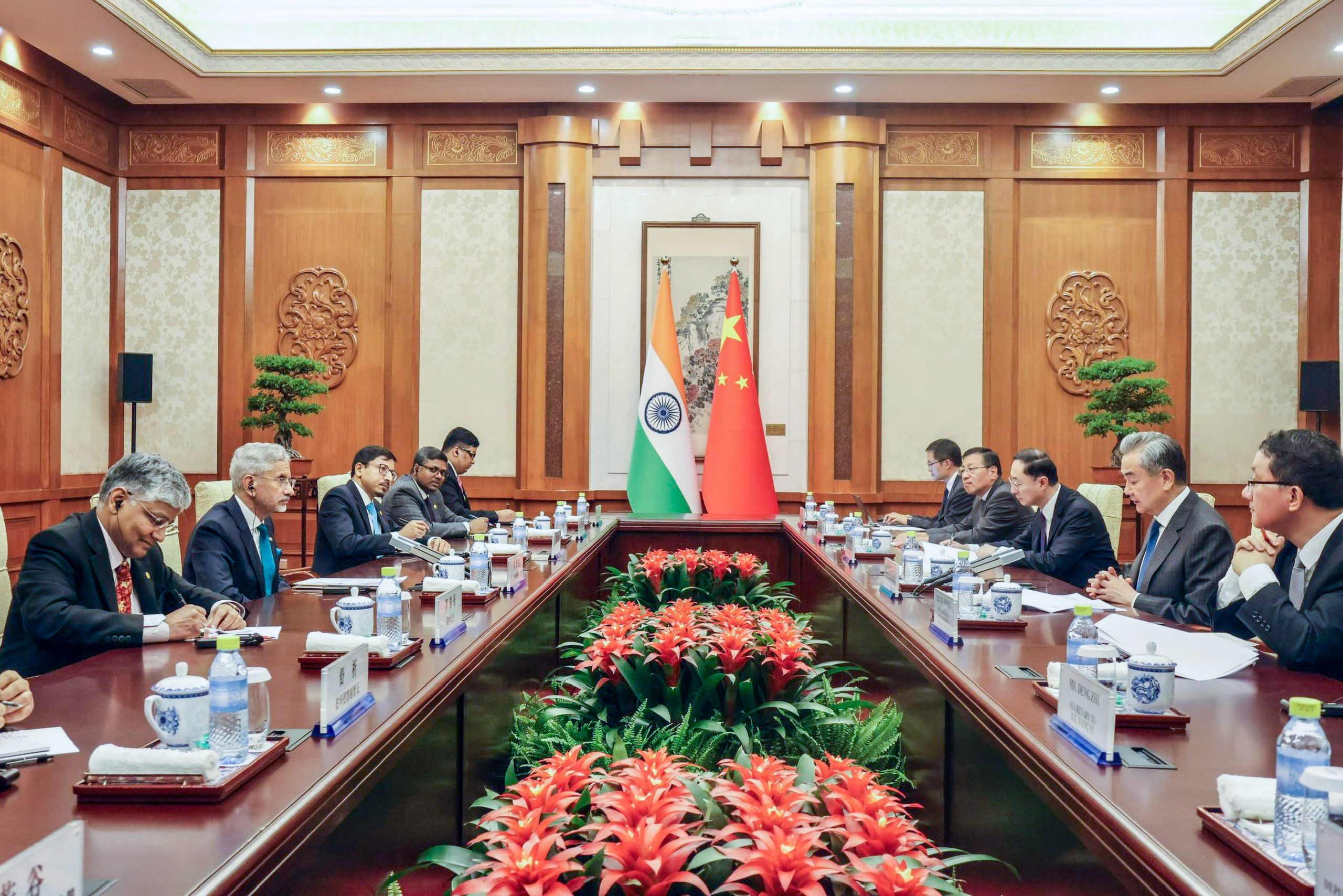
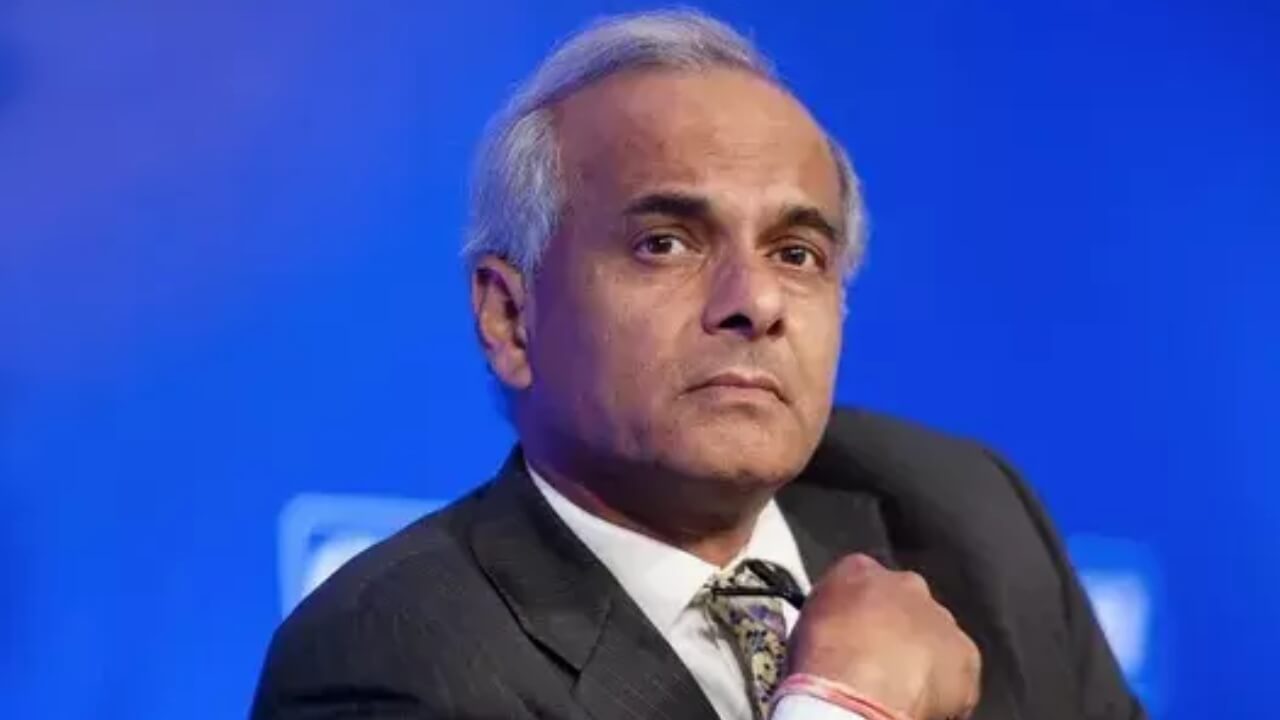
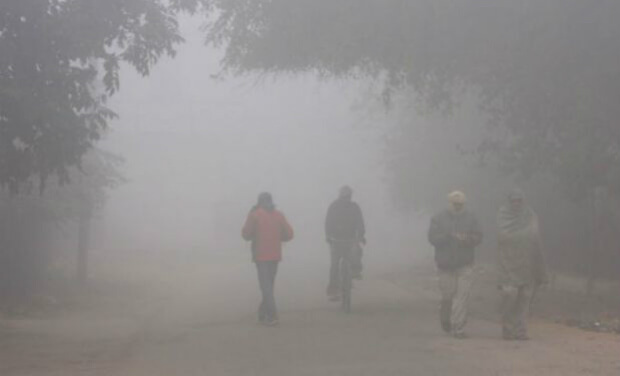
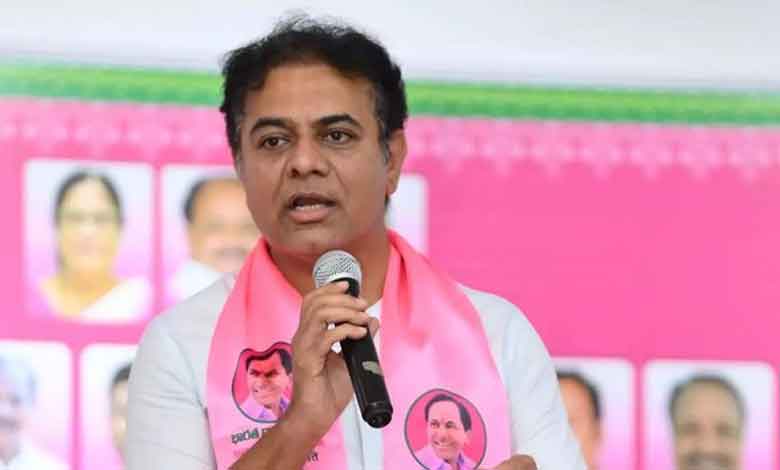
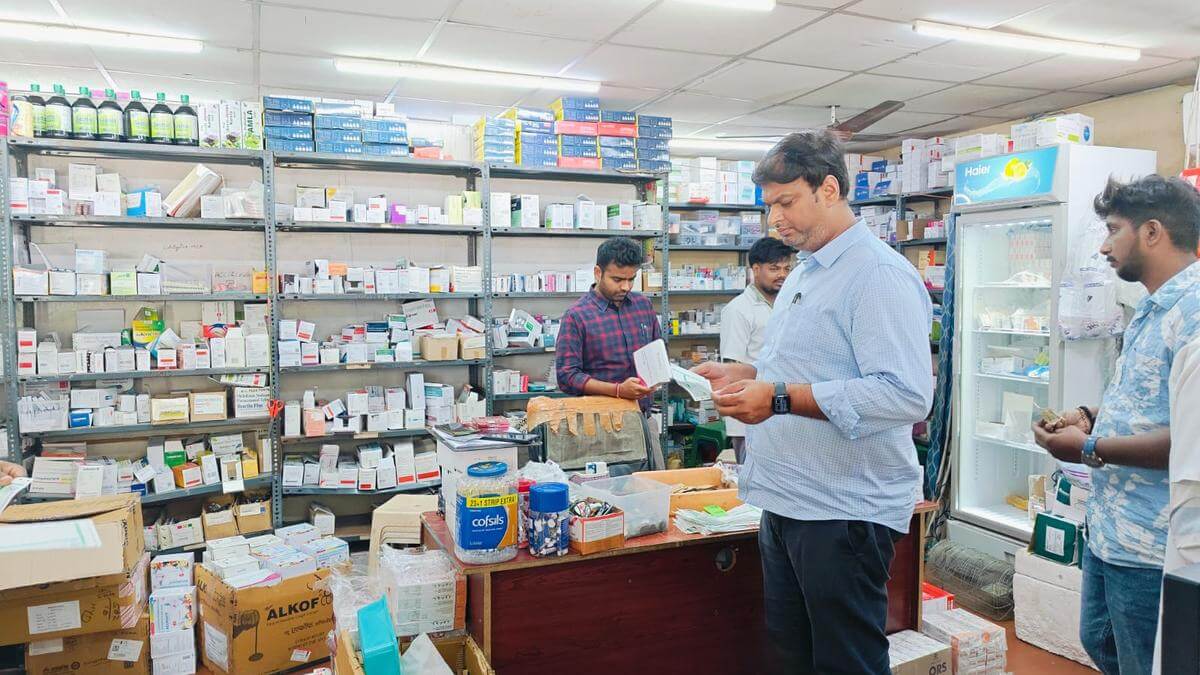
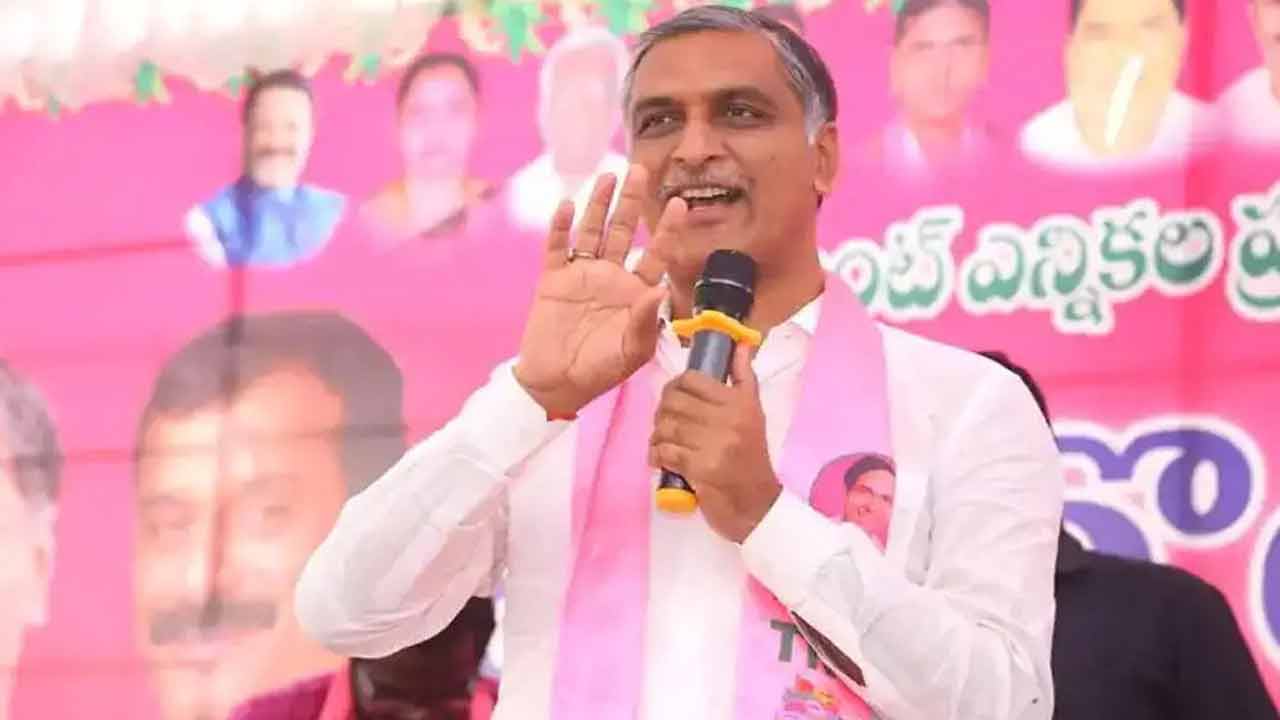
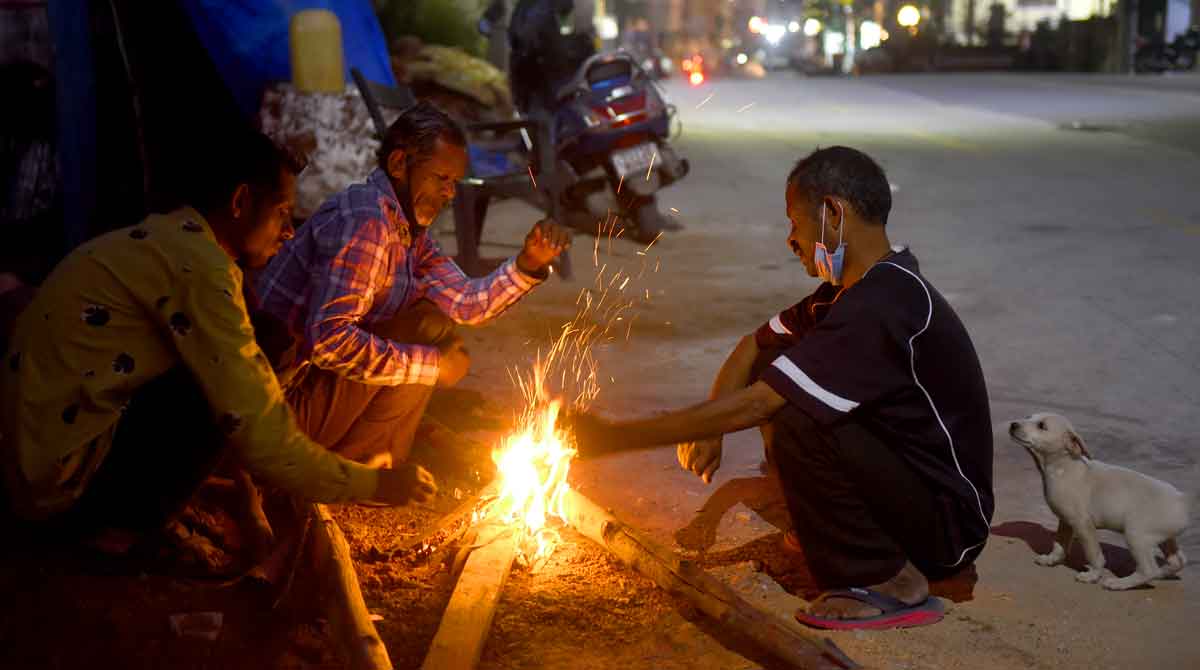

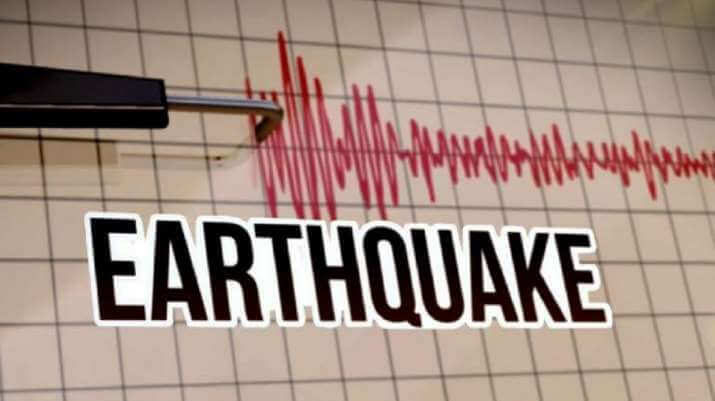

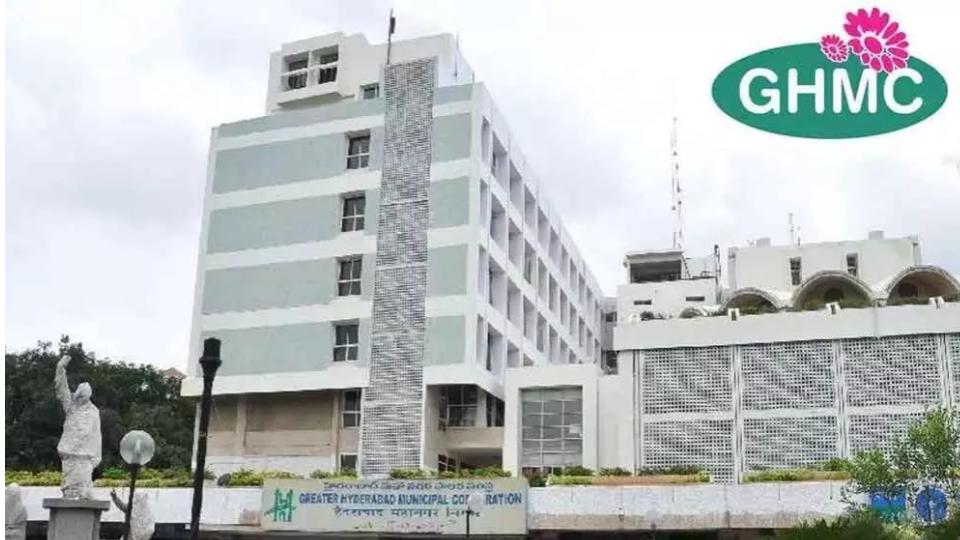

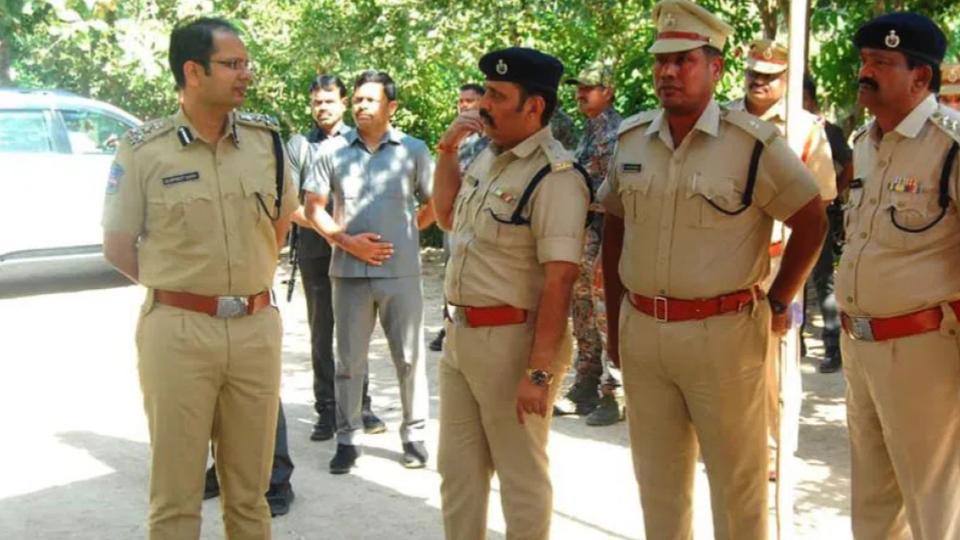

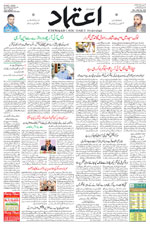










.jpg)
.jpg)
.jpg)


